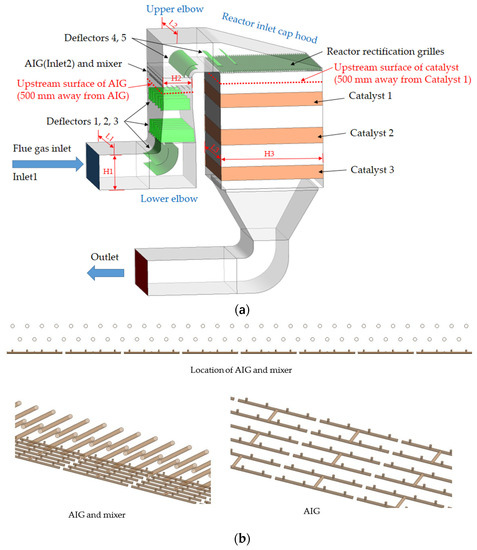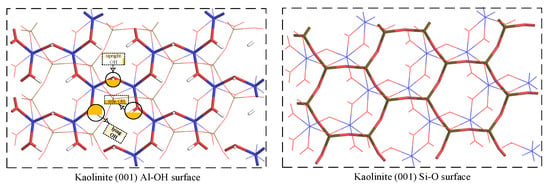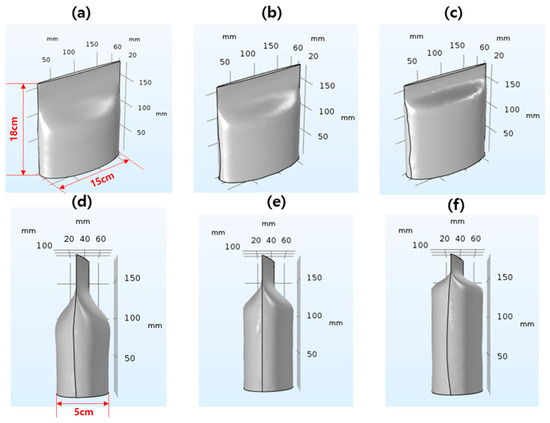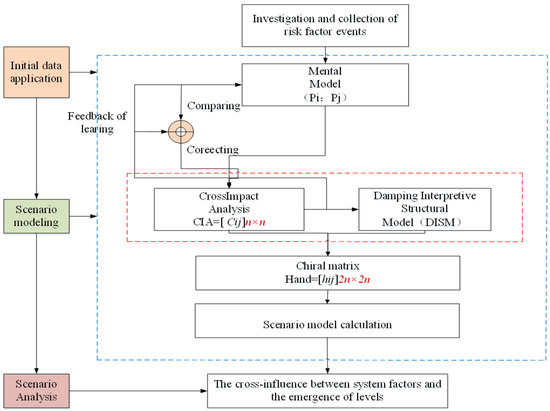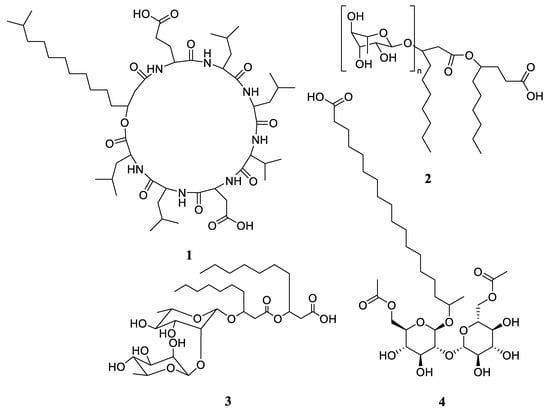1
College of Mechanical and Automotive Engineering, Zhejiang University of Water Resources and Electric Power, Hangzhou 310018, China
2
College of Mechanical Engineering, Zhejiang University of Technology, Hangzhou 310014, China
3
Key Laboratory of Special Purpose Equipment and Advanced Processing Technology, Ministry of Education & Zhejiang Province, Hangzhou 310014, China
4
State Key Laboratory of Fluid Power and Mechatronic Systems, Zhejiang University, Hangzhou 310027, China
Processes 2023, 11(1), 42; https://doi.org/10.3390/pr11010042 - 25 Dec 2022
Cited by 36 | Viewed by 5113
Abstract
▼
Show Figures
The energy-conversion stability of hydropower is critical to satisfy the growing demand for electricity. In low-head hydropower plants, a gravitational surface vortex is easily generated, which causes irregular shock vibrations that damage turbine performance and input-flow stability. The gravitational surface vortex is a
[...] Read more.
The energy-conversion stability of hydropower is critical to satisfy the growing demand for electricity. In low-head hydropower plants, a gravitational surface vortex is easily generated, which causes irregular shock vibrations that damage turbine performance and input-flow stability. The gravitational surface vortex is a complex fluid dynamic problem with high nonlinear features. Here, we thoroughly investigate its essential hydrodynamic properties, such as Ekman layer transport, heat/mass transfer, pressure pulsation, and vortex-induced vibration, and we note some significant scientific issues as well as future research directions and opportunities. Our findings show that the turbulent Ekman layer analytical solution and vortex multi-scale modeling technology, the working condition of the vortex across the scale heat/mass transfer mechanism, the high-precision measurement technology for high-speed turbulent vortexes, and the gas–liquid–solid three-phase vortex dynamics model are the main research directions. The vortex-induced vibration transition mechanism of particle flow in complex restricted pipelines, as well as the improvement of signal processing algorithms and a better design of anti-spin/vortex elimination devices, continue to draw attention. The relevant result can offer a helpful reference for fluid-induced vibration detection and provide a technical solution for hydropower energy conversion.
Full article


